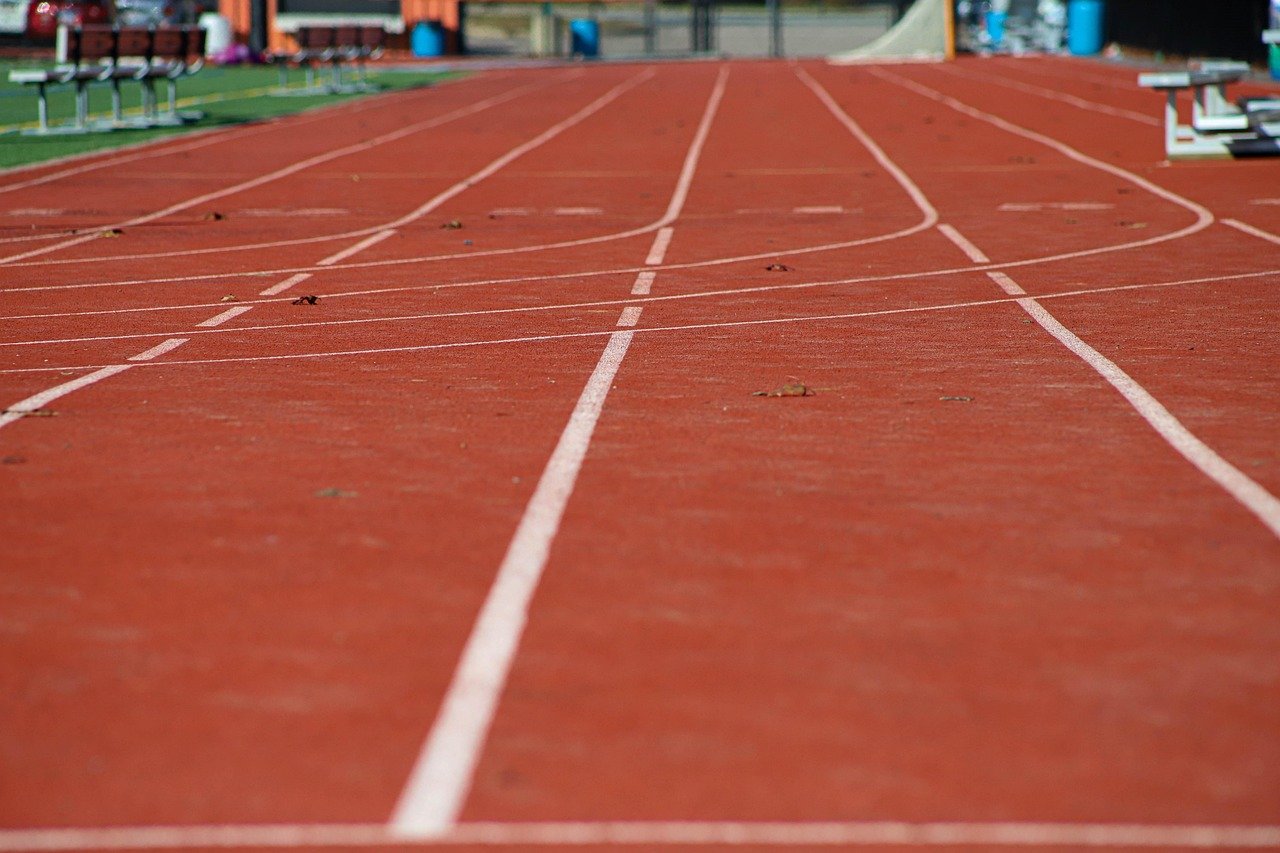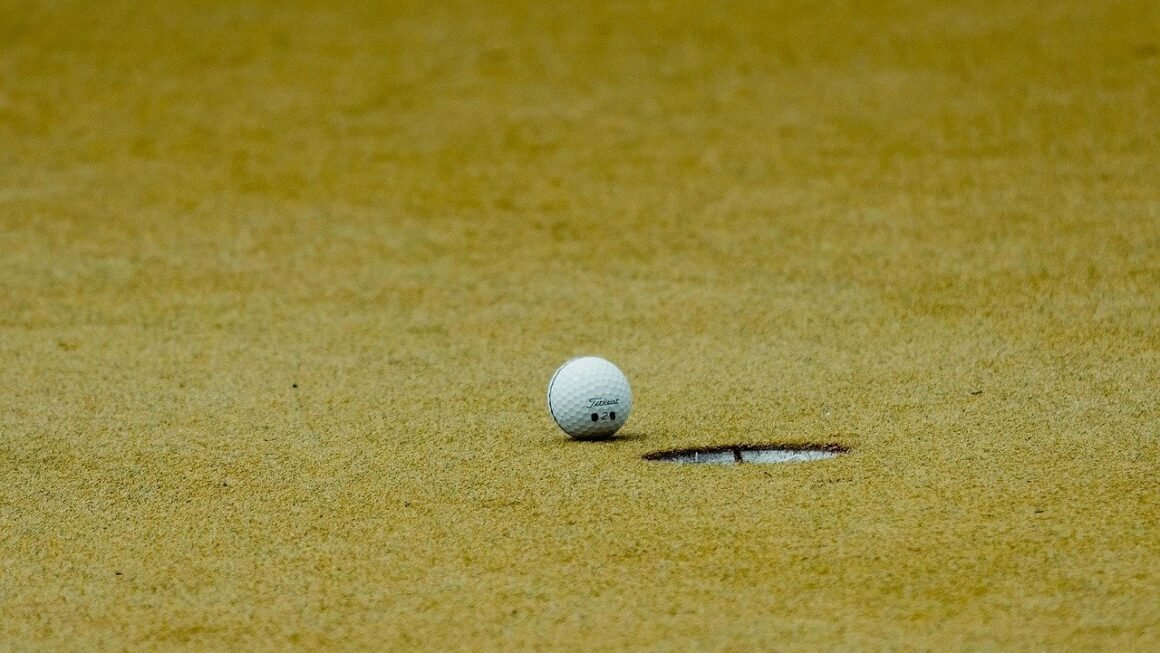Athletics, the foundation of many sports, encompasses a diverse range of physical activities, from running and jumping to throwing and walking. It’s more than just competition; it’s a journey of personal growth, discipline, and pushing the boundaries of human potential. Whether you’re a seasoned athlete or just starting your fitness journey, understanding the various aspects of athletics can significantly enhance your performance and overall well-being. This comprehensive guide delves into the core elements of athletics, providing practical insights and actionable advice to help you excel.
Understanding the Core Disciplines of Athletics
Athletics is traditionally divided into several core disciplines, each requiring specific skills, training regimens, and physical attributes. Understanding these disciplines is crucial for anyone looking to specialize or simply appreciate the breadth of athletic competition.
Track Events: The Essence of Speed and Endurance
Track events are perhaps the most recognizable component of athletics, focusing on speed and endurance over varying distances.
- Sprints: Short-distance races, like the 100m, 200m, and 400m, emphasize explosive power and raw speed. Training involves drills to improve reaction time, acceleration, and top-end velocity.
Example: A 100m sprinter might focus on plyometric exercises like box jumps and resisted sprints to develop explosive leg power.
- Middle-Distance Races: Ranging from 800m to 1500m, these events require a blend of speed and aerobic endurance. Training includes interval workouts and tempo runs.
Example: An 800m runner may alternate between 400m repeats at race pace and longer runs to build stamina.
- Long-Distance Races: Events such as the 5000m, 10,000m, and marathon demand exceptional endurance and mental fortitude. Training focuses on high mileage and strategically paced long runs.
Example: A marathon runner typically incorporates weekly long runs ranging from 20-24 miles into their training plan.
- Hurdles: Races that combine sprinting with overcoming obstacles. They require speed, agility, and precise technique.
Example: Hurdle drills focusing on efficient stride patterns and quick transitions are crucial for success.
- Relays: Team events where runners pass a baton to complete a race. Coordination, speed, and teamwork are vital.
Example: Relay teams practice baton exchanges extensively to minimize time loss during handoffs.
Field Events: Showcasing Strength and Technique
Field events test an athlete’s strength, power, and technical skill in various jumping and throwing disciplines.
- Jumping Events:
Long Jump: Athletes run down a runway and jump into a sandpit, aiming for maximum distance. Technique involves a powerful takeoff and efficient flight.
Example: Drills focusing on the approach run, takeoff angle, and landing technique are essential for improving long jump performance.
Triple Jump: Similar to the long jump, but with a hop, step, and jump sequence. Requires exceptional coordination and leg strength.
Example: Triple jumpers often incorporate plyometric exercises that mimic the hop, step, and jump sequence to enhance power and coordination.
High Jump: Athletes jump over a horizontal bar, clearing it without knocking it down. Technique involves a curved approach and a Fosbury Flop.
Example: High jumpers work on their approach angle, takeoff timing, and body positioning to clear the bar effectively.
Pole Vault: Athletes use a pole to propel themselves over a high bar. Requires strength, agility, and precise timing.
Example: Pole vaulters train with gymnastic exercises to improve body control and spatial awareness.
- Throwing Events:
Shot Put: Athletes throw a heavy metal ball as far as possible. Strength, technique, and explosive power are crucial.
Example: Shot putters focus on developing rotational power and proper release technique to maximize distance.
Discus Throw: Athletes throw a heavy disc as far as possible. Technique involves a rotational movement and controlled release.
Example: Discus throwers practice their rotational technique and release angle to achieve optimal distance.
Javelin Throw: Athletes throw a spear-like object as far as possible. Technique involves a running approach and powerful arm motion.
Example: Javelin throwers focus on developing shoulder strength and a smooth, coordinated throwing motion.
Hammer Throw: Athletes throw a heavy metal ball attached to a wire as far as possible. Requires exceptional strength and rotational power.
Example:* Hammer throwers train rigorously to develop the strength and balance needed to execute multiple rotations before release.
Combined Events: The Ultimate Test of Versatility
Combined events, such as the decathlon (for men) and heptathlon (for women), challenge athletes to compete in a series of track and field disciplines over two days.
- Decathlon: 100m, Long Jump, Shot Put, High Jump, 400m, 110m Hurdles, Discus Throw, Pole Vault, Javelin Throw, 1500m.
- Heptathlon: 100m Hurdles, High Jump, Shot Put, 200m, Long Jump, Javelin Throw, 800m.
Combined event athletes require a broad range of skills and must be proficient in multiple disciplines. Training involves balancing the demands of each event to optimize overall performance. They must be very proficient in time management and energy usage in order to perform across multiple events during the competition.
Training Principles for Athletic Success
Effective training is the cornerstone of athletic success. Understanding and applying sound training principles is essential for optimizing performance, preventing injuries, and achieving long-term goals.
Periodization: Structuring Your Training Year
Periodization involves dividing the training year into distinct phases, each with specific goals and intensities. This approach allows athletes to progressively develop their fitness while minimizing the risk of overtraining and injury.
- Preparation Phase: Focuses on building a solid foundation of strength, endurance, and general fitness.
- Competition Phase: Emphasizes race-specific training and fine-tuning technique for optimal performance.
- Transition Phase: Allows for recovery and regeneration after the competitive season.
Strength and Conditioning: Building a Powerful Foundation
Strength and conditioning are vital components of athletic training, enhancing power, speed, and injury resistance.
- Weight Training: Focuses on building strength and power through exercises like squats, deadlifts, bench press, and Olympic lifts.
- Plyometrics: Involves explosive movements that improve jumping ability and power output.
- Core Training: Strengthens the muscles of the abdomen, back, and hips, improving stability and power transfer.
Recovery and Regeneration: Essential for Progress
Recovery is just as important as training itself. Adequate rest, nutrition, and recovery strategies are crucial for allowing the body to adapt and rebuild.
- Sleep: Aim for 7-9 hours of quality sleep each night to promote muscle repair and hormonal balance.
- Nutrition: Consume a balanced diet rich in protein, carbohydrates, and healthy fats to fuel your training and support recovery.
- Active Recovery: Engage in low-intensity activities like swimming or walking to promote blood flow and reduce muscle soreness.
- Massage and Stretching: Help to relieve muscle tension and improve flexibility.
Nutrition and Hydration for Peak Performance
Proper nutrition and hydration are essential for fueling your body, optimizing performance, and supporting recovery.
Macronutrients: Fueling Your Body
- Carbohydrates: The primary source of energy for athletes. Choose complex carbohydrates like whole grains, fruits, and vegetables.
- Protein: Essential for muscle repair and growth. Include lean protein sources like chicken, fish, beans, and lentils in your diet.
- Fats: Important for hormone production and overall health. Choose healthy fats like avocados, nuts, seeds, and olive oil.
Micronutrients: Essential Vitamins and Minerals
Ensure you’re getting enough vitamins and minerals through a balanced diet or supplementation.
- Iron: Crucial for oxygen transport and energy production.
- Calcium: Important for bone health and muscle function.
- Vitamin D: Plays a role in bone health, immune function, and muscle function.
Hydration: Staying Properly Hydrated
Dehydration can significantly impair performance. Drink plenty of water throughout the day, especially before, during, and after training.
- Electrolytes: Replace electrolytes lost through sweat by consuming sports drinks or electrolyte-rich foods.
- Water Intake: Aim to drink at least half your body weight in ounces of water per day.
Injury Prevention and Management in Athletics
Injuries are a common concern in athletics, but many can be prevented with proper training, technique, and preventive measures.
Common Athletic Injuries
- Sprains and Strains: Injuries to ligaments and muscles, often caused by sudden movements or overuse.
- Stress Fractures: Small cracks in the bone caused by repetitive stress.
- Tendinitis: Inflammation of the tendons, often caused by overuse.
Injury Prevention Strategies
- Proper Warm-up and Cool-down: Prepare your body for exercise with a thorough warm-up and cool down with stretching afterward.
- Proper Technique: Use correct form during training and competition to minimize stress on joints and muscles.
- Strength and Conditioning: Build a strong and stable foundation to support your body during athletic activities.
- Listen to Your Body: Pay attention to pain and discomfort and take rest days when needed.
Injury Management
- R.I.C.E. Protocol: Rest, Ice, Compression, Elevation for acute injuries.
- Physical Therapy: Work with a physical therapist to rehabilitate injuries and restore function.
- Medical Attention: Seek medical attention for serious injuries or persistent pain.
The Mental Game: Building Mental Toughness
Mental toughness is a crucial component of athletic success. Developing mental skills like focus, confidence, and resilience can significantly enhance performance.
Goal Setting: Setting Realistic and Achievable Goals
- SMART Goals: Specific, Measurable, Achievable, Relevant, Time-bound goals.
- Process Goals: Focus on the actions and strategies you need to take to achieve your goals.
- Outcome Goals: Focus on the results you want to achieve.
Visualization: Mental Rehearsal for Success
- Imagery: Create vivid mental images of yourself performing successfully.
- Positive Self-Talk: Use positive affirmations and self-encouragement to boost confidence.
- Focus: Learn to stay present and focused on the task at hand.
Coping with Pressure: Building Resilience
- Stress Management Techniques: Practice relaxation techniques like deep breathing and meditation.
- Positive Mindset: Maintain a positive attitude and focus on your strengths.
- Resilience: Learn to bounce back from setbacks and challenges.
Conclusion
Athletics is a demanding but rewarding pursuit that requires dedication, discipline, and a holistic approach to training. By understanding the core disciplines, applying sound training principles, prioritizing nutrition and recovery, preventing injuries, and developing mental toughness, athletes can maximize their potential and achieve their goals. Whether you’re aiming for the podium or simply striving to improve your personal best, the principles outlined in this guide can help you unlock your athletic potential and enjoy a lifetime of health and fitness.



